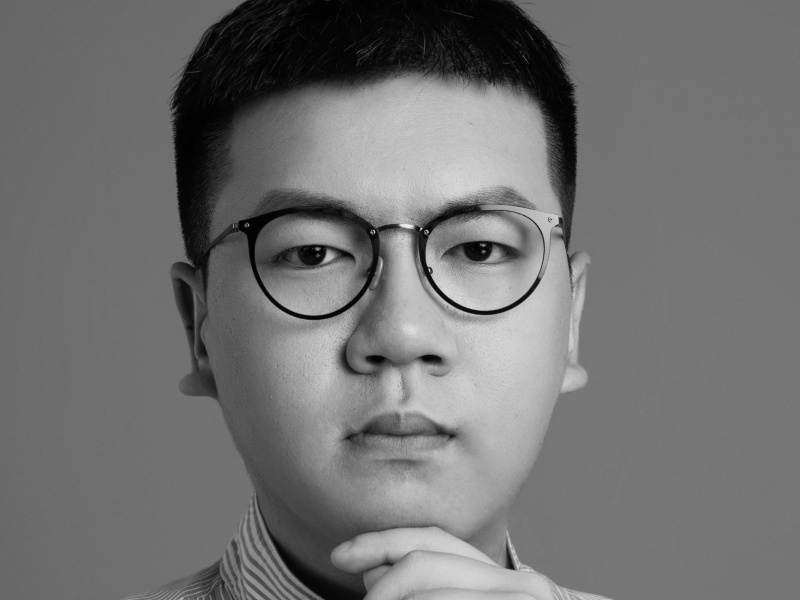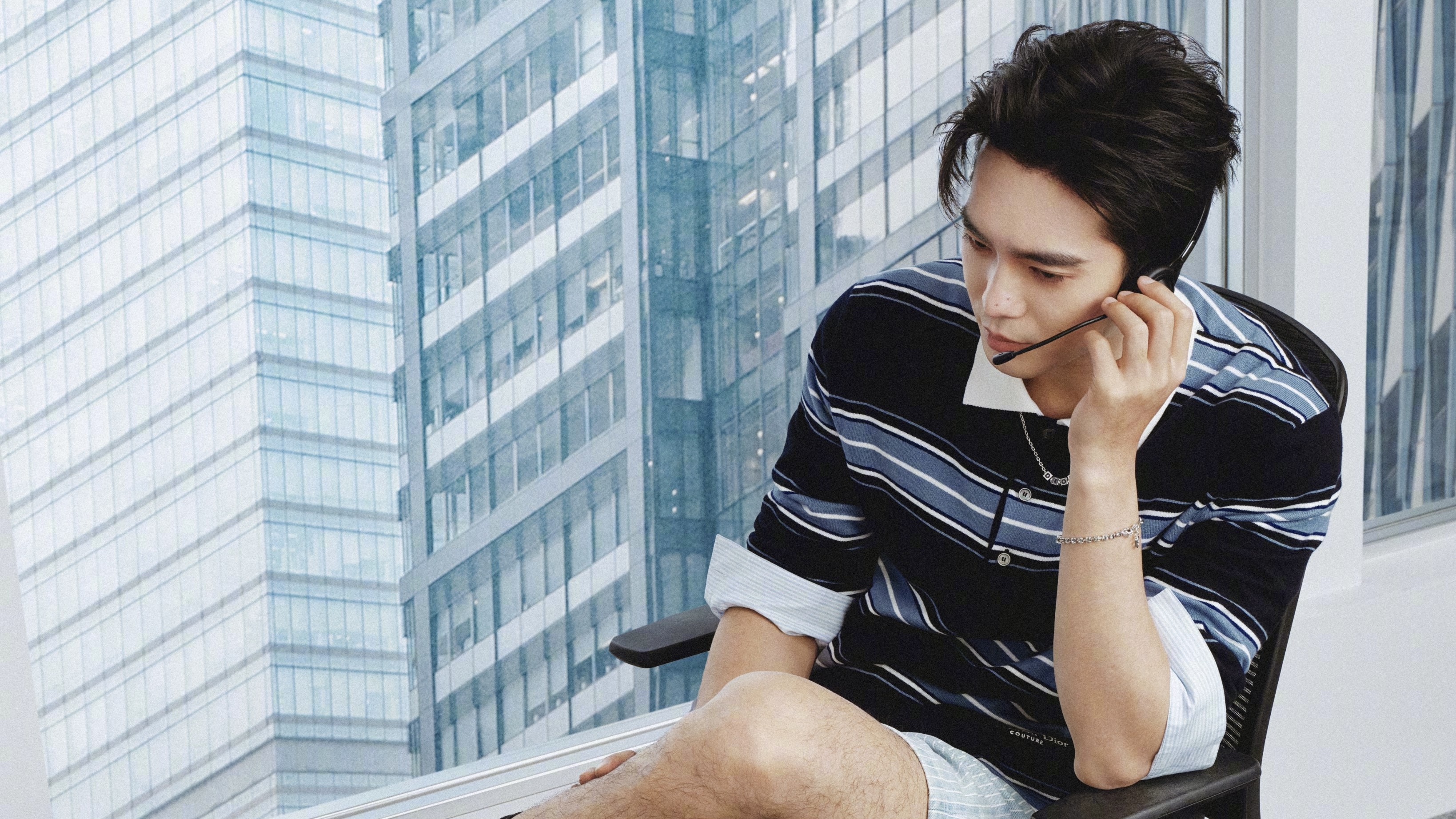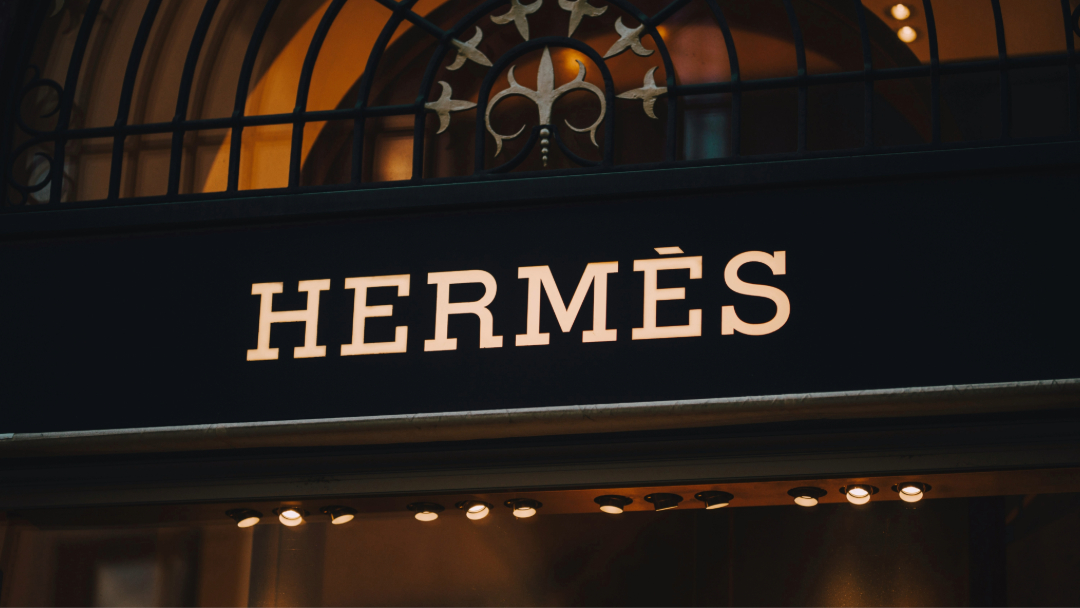In the face of ever-evolving Chinese consumers and the local luxury scene, how should brands approach the Lunar New Year – a traditional festival in China – to enhance their social and commercial performance? This topic is thoroughly explored in the latest report, “Decoding Luxury Marketing Milestones in China: Lunar New Year,” co-released by DLG (Digital Luxury Group) and Re-Hub

Decades ago, when the Chinese luxury market was still in its infancy, the Lunar New Year, the most eagerly-awaited traditional festival in China and the entire Chinese world, was already considered the most important marketing milestone for brands, perhaps the only local milestone at that time.
Luxury brands would overhaul their window displays, feature the hottest local celebrities in their campaigns, and launch exclusive collections or products during the festival. This wasn’t merely to bolster their sales and visibility but, more importantly, to showcase their intimacy and appreciation of the local culture.
Today, with mainland China accounting for a 16 per cent share of the global luxury goods market, the weight of local festivals is self-evident. How brands approach this milestone hasn’t changed much over the years. Then what has changed?
Unlike before, in the face of a plethora of marketing milestones, how should brands re-examine the value of Lunar New Year in this saturated marketing calendar? How can they allocate their resources and investments for optimal impact during this milestone?
The all-new report, Decoding Luxury Marketing Milestones in China: Lunar New Year, released by DLG (Digital Luxury Group) and Re-Hub, delves into this trend. This report also sheds light on how brands should capitalise on this festival through the latest case studies from 2024 and the social and e-commerce performance of 2023 from 95 luxury and premium brands.
The Importance Of Lunar New Year
Nowadays, the local milestones that brands need to seize not only include traditional festivals (such as Lunar New Year) but also artificially created occasions such as 520 (Internet Valentine’s Day) and shopping festivals (such as Singles’ Day).
Compared to the average social and e-commerce performance during the other four key milestones (520, 618, Qixi, and Singles’ Day), we found that brands’ performance during Lunar New Year, in terms of the performance of brand-generated content (BGC), user-generated content (UGC), and e-commerce revenue doesn’t necessarily far exceed those of others, but the festival still remains relevant in the local market.

Credit: Decoding Luxury Marketing Milestones in China: Lunar New Year, DLG (Digital Luxury Group) and Re-Hub
The BGC performance is the only dimension that saw an uplift during the Lunar New Year. Due to heavy investment in campaigns and celebrities, the performance during the 2023 Lunar New Year increased by 13.7 per cent compared to the average for other milestones. However, UGC performance showed a decline of 21.6 per cent, possibly because of low activity on social media during the holiday.
E-commerce revenue remained relatively steady compared to other occasions, with only a 5.6 per cent decrease. However, this doesn’t imply a decline in brands’ overall revenue during the Lunar New Year. In this traditional shopping season, offline channels remain the most relevant channels, making brands put more emphasis on offline activations and advertising.
Product Strategy
Although festival-exclusive has long been a prevalent strategy for luxury brands, these items, catering to a new generation of consumers, play a role more in branding rather than constituting a significant portion of brand sales. Other than that, brands can still implement other product strategies to boost sales during this period.
“Novelty launches during Lunar New Year are rarely the key revenue drivers for brands, instead we see an uplift in core SKU revenues around the festival,”says Thomas Piachaud, Head of Strategy of Re-Hub. “This doesn’t mean that capsule releases don’t play a role – they help bring newness and excitement to a brand.”
In addition to exclusive collections, brands will also introduce other novelties during this time, such as their new spring/ summer collections, limited collaborations, or special capsules for the upcoming Valentine’s Day.
As Piachaud noted, brands’ signature pieces still account for the majority of brand revenue. During the 2023 Lunar New Year, sales of the top 10 best-selling evergreen products represented 373.0% of the total sales of top 10 novelties. Categories including outerwear, handbags, watches & jewellery were the top performers.
How To Plan?
Brands typically commence their New Year campaigns at the end of December. Depending on the exact date of the Lunar New Year, the communication period may extend for over a month. Therefore, brands need to conduct multiple rounds of communication around this festival, utilising diverse creative assets and channels to ensure their visibility during this period.

Credit: Decoding Luxury Marketing Milestones in China: Lunar New Year, DLG (Digital Luxury Group) and Re-Hub
It is observed the BCG performance crested before the Lunar New Year, with multiple small peaks aligning with the communication cadence. However, during the Lunar New Year holiday, the overall BGC performance experienced a significant decline. The UGC performance remained stable throughout the milestone and saw a slight rebound after the holiday due to frequent exposure of celebrity.
While brands’ activations (novelty releases, content marketing) drive the growth in e-commerce revenue, various shopping festivals launched by online marketplaces during this period also play a role. The sampled brands also showed a correlation between their revenues and shopping festivals.
Therefore, the Lunar New Year is not only a crucial local milestone but also a complex one. It requires brands to allocate resources such as channels, creative assets, products, and influencers smartly in an ever-evolving digital ecosystem and consumer environment. Considering the intricate local calendar, measuring the value of the Lunar New Year for brands becomes even more pivotal.
“Now more than ever, it is imperative for brands to gain clarity on establishing clear ambitions and goals, fostering the development of relevant strategies for this milestone,” opines Pablo Mauron, Partner and Managing Director China at DLG. “These strategies aim to achieve success, whether in branding, commerce, or both.”
To learn more about brands’ performance, case studies, and best practices during the Lunar New Year, please download the full report at the link below.










